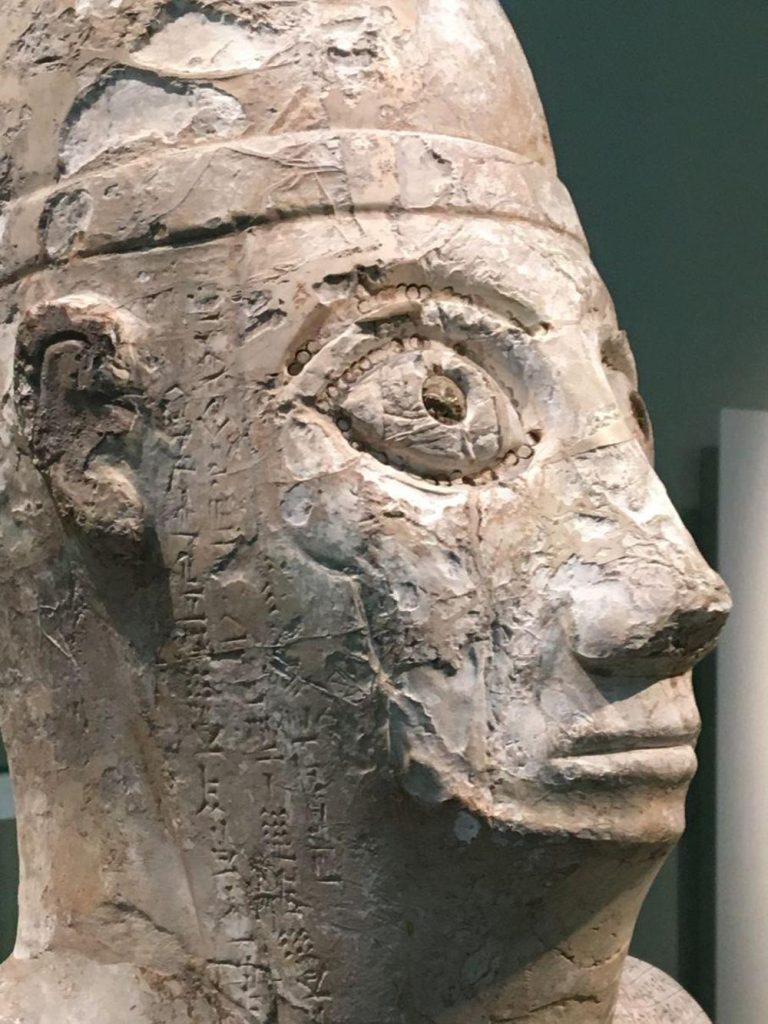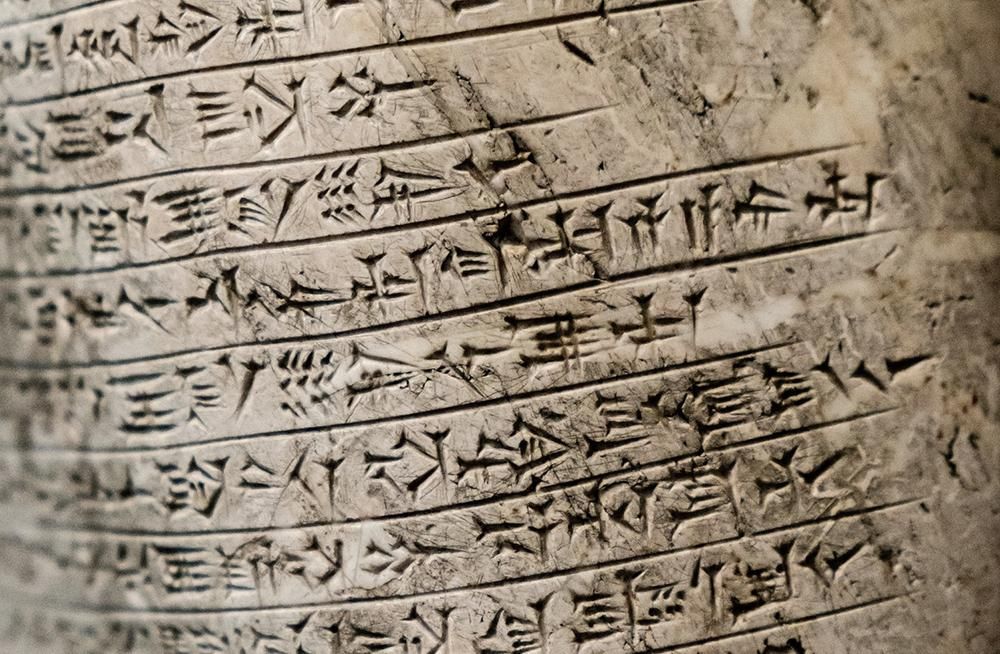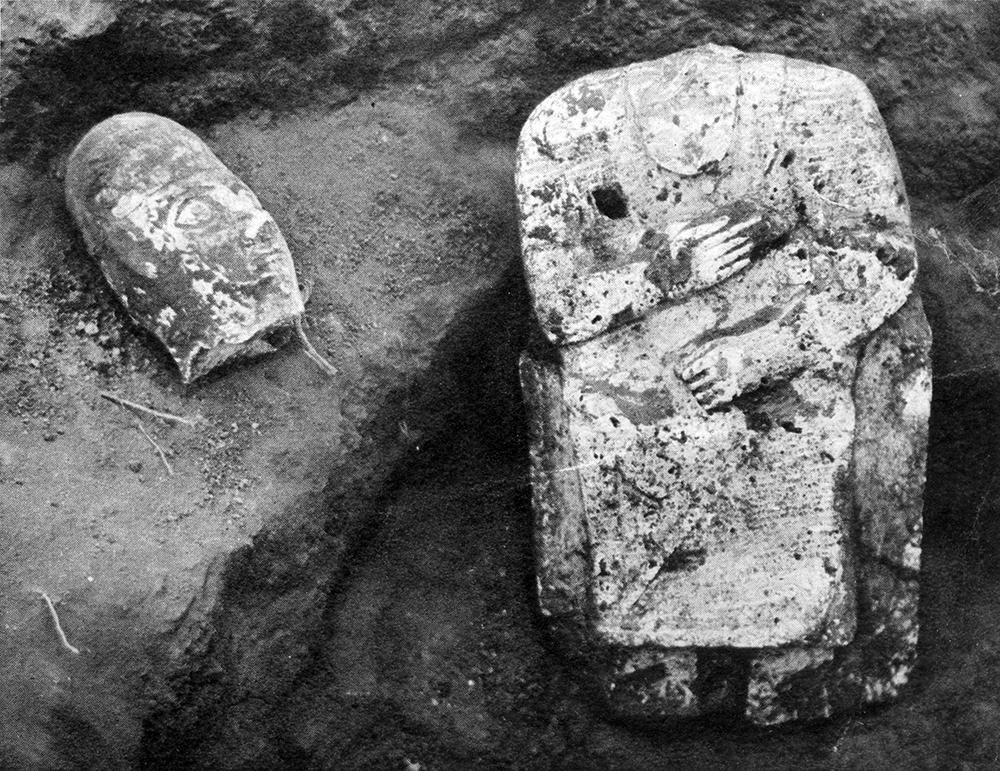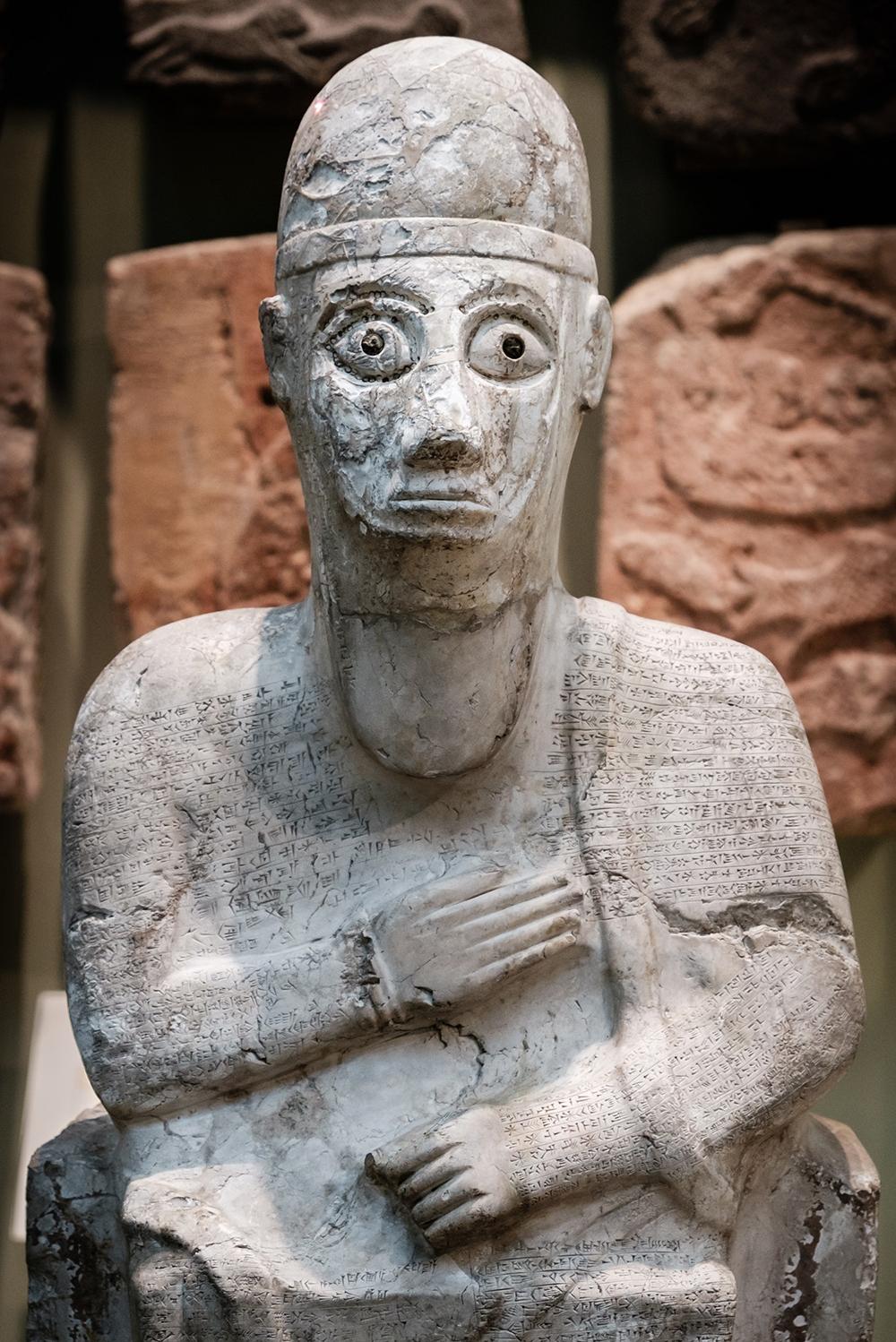Idrimi, a name that resonates with the echoes of ancient Near Eastern history, stands as a testament to resilience, strategic acumen, and the complex interplay of diplomacy and military prowess in the Late Bronze Age. His story, primarily known from an autobiographical inscription on his statue discovered at Alalakh (modern Tell Atchana) by Leonard Woolley in 1939, offers a rare glimpse into the life of a king who rose from exile to power during a tumultuous period around 1450 BC.
Get your dose of History via Email
Early Life and Exile
Idrimi, the son of Ilim-Ilimma I, king of Halab (now Aleppo), found himself in a precarious situation when his father was deposed by Barattarna, the king of Mitanni. This upheaval forced Idrimi and his family to flee to Emar, seeking refuge among his mother’s kin. However, the young prince soon realized that his aspirations for power would not be realized in Emar, leading him to make a bold decision that would change the course of his life.

Rise to Power
Leaving his family behind, Idrimi ventured into the desert, aligning himself with the Habiru, a group of social outcasts and mercenaries. This alliance proved to be a turning point. After seven years among the Habiru, Idrimi, with divine favor from the storm-god Teshub, launched a daring attack by sea on Alalakh. His success not only secured his kingship over Alalakh but also marked the foundation of the kingdom of Mukish, making it a vassal state under the Mitanni empire.
Diplomacy and Military Campaigns
Idrimi’s reign was characterized by a series of diplomatic maneuvers and military campaigns. Notably, he negotiated a slave exchange treaty with Pilliya of Kizzuwatna, showcasing his diplomatic skills. Moreover, his military expeditions into Hittite territories underscored his strategic prowess. These actions, while aimed at expanding his influence, also served to legitimize his rule and secure his kingdom’s prosperity.

The Inscription of Idrimi
The autobiographical inscription on Idrimi’s statue, written in a provincial dialect of Akkadian, is a remarkable document that sheds light on the king’s life, his rise to power, and his reign. However, scholars caution against taking the inscription at face value, suggesting that it may contain exaggerations or serve a propagandistic purpose. Jacob Lauinger, for instance, dates the inscription to a later period and views it as part of a Mesopotamian tradition of pseudo-autobiography, aimed at legitimizing the ruler’s authority by acknowledging the supremacy of Mitanni.
Legacy and Historical Significance
Idrimi’s story is not just a tale of personal triumph but also a reflection of the complex political and social dynamics of the Late Bronze Age Near East. His ability to navigate these challenges, from his exile to his eventual rule over Alalakh, highlights the importance of diplomacy, military strategy, and divine favor in ancient statecraft. Moreover, the inscription of Idrimi serves as a valuable historical source, offering insights into the period’s politics, culture, and religion, despite the debates surrounding its interpretation.

In conclusion, Idrimi’s life and reign encapsulate the essence of a period marked by upheaval, power struggles, and the constant quest for legitimacy. His story, preserved through the ages on the base of his statue, continues to fascinate historians and archaeologists, offering a window into the life of a king who overcame adversity to leave an indelible mark on the history of the ancient Near East.
Sources:
Wikipedia
British Museum

